Rita, Sue and Bob Too: ‘A journalist asked us why we’d made this? He said it couldn’t possibly be real, that nobody lived their lives like that’
Its grim portrayal of Eighties life on a Bradford council estate left many doubting the film’s authenticity, but 30 years on it continues to speak to and for people. David Barnett takes a walk down memory lane with George Costigan, who played the adulterous Bob
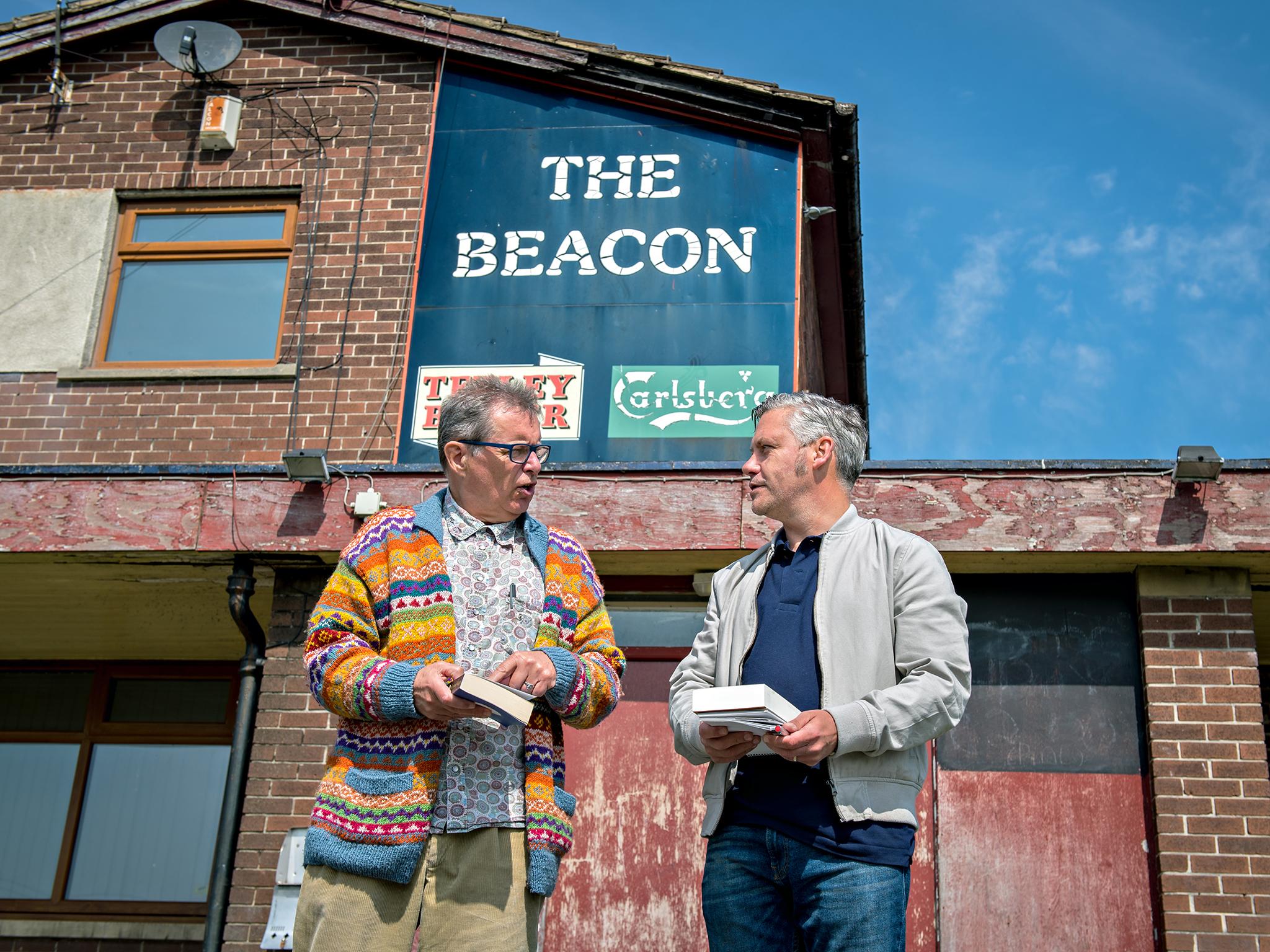
Your support helps us to tell the story
From reproductive rights to climate change to Big Tech, The Independent is on the ground when the story is developing. Whether it's investigating the financials of Elon Musk's pro-Trump PAC or producing our latest documentary, 'The A Word', which shines a light on the American women fighting for reproductive rights, we know how important it is to parse out the facts from the messaging.
At such a critical moment in US history, we need reporters on the ground. Your donation allows us to keep sending journalists to speak to both sides of the story.
The Independent is trusted by Americans across the entire political spectrum. And unlike many other quality news outlets, we choose not to lock Americans out of our reporting and analysis with paywalls. We believe quality journalism should be available to everyone, paid for by those who can afford it.
Your support makes all the difference.The Beacon in Buttershaw, Bradford, is boarded up. The car park is piled with rubbish, the tarmac scorched from fires, and on the steps at the front of the pub glass from a broken vodka bottle crunches underfoot. George Costigan surveys the scene. He’s been here before, when the pub was bursting with life, and the unofficial production hub of the movie that was shot all around here and released in May 1987.
Gleefully promoted with the tag-line “Thatcher’s Britain with her knickers down”, that movie was Rita, Sue and Bob Too, in which Costigan played the titular Bob, an aspirational married man who embarks on an affair with two schoolgirls. If you haven’t seen it, that maybe sounds grim. It is. It sounds sordid. Oh, it is. It’s also very, very funny. Filmed on location in and around Buttershaw, it is a tale of deprivation and poverty and sex and the unremitting bleakness of life on an Eighties council estate in the north of England. But, you have to laugh. Because what’s the alternative?
Costigan poses for some photos outside the shuttered pub. As well as the place to which the cast and director Alan Clarke decamped between between takes, the Beacon also features in an oft-cited scene from the film. In it, Bob takes teenagers Rita and Sue here for booze and dancing, humping together in a threesome on the dance-floor while Black Lace – one of Bradford’s homegrown bands, Eurovision survivors famous for giving the world “Agadoo” and “Superman” – provide the soundtrack with the delightful “Gang Bang”.
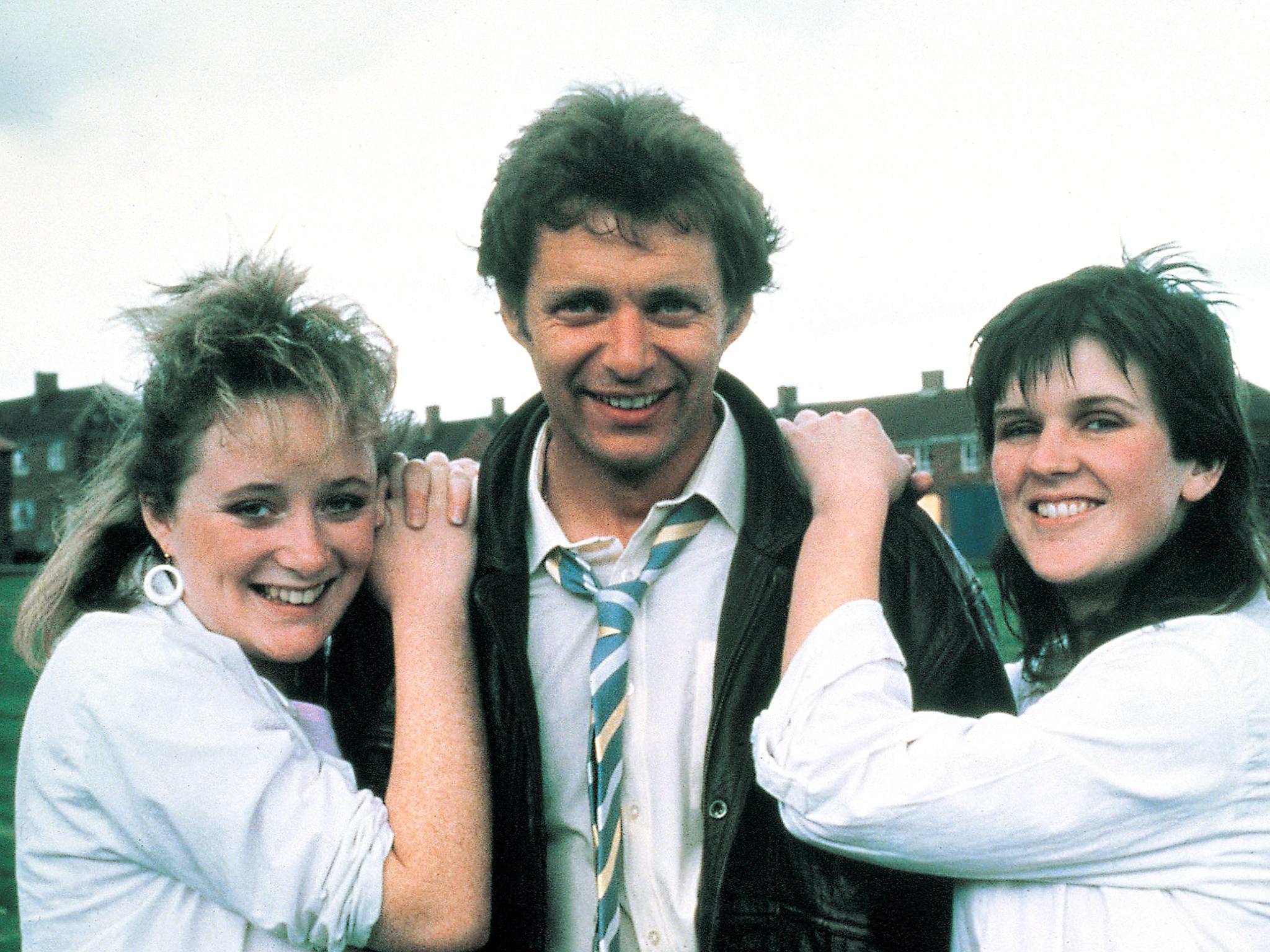
The pub no longer open for business, Costigan and I make for the local community centre for coffee and a chat. Two parrots in a cage marked with a notice warning that they will definitely bite errant fingers drown out the hubbub of conversation. The locals perk up when they see Costigan; Rita, Sue and Bob Too is Buttershaw’s claim to fame, and while at the time there might have been some hand-wringing about the image it was portraying Bradford in, “Bob” has obviously still got a lot of celebrity cachet here.
“It’s funny,” says Costigan. “A few years ago a mate asked me to help out when he was shooting a film at a house in Salford. I said I’d go along and watch the van they’d taken all their stuff in. A bunch of kids came up, as kids do when there’s anything new on their streets, and straight away they were like, ‘You’re Bob! ’. They were about 12, and weren’t even born when the film came out, but they started to quote half the script at me. It meant something to them.”
The film launched a lot of careers. Costigan had already begun to fill his CV with theatre and parts in TV productions such as The Barchester Chronicles; newcomers included Lesley Sharp, who played Bob’s wife Michelle, Siobhan Finneran (most latterly seen in Happy Valley) as Rita, Michelle Holmes – later in Coronation Street – as Sue, and Goodness Gracious Me’s Kulvinder Ghir as Sue’s controversially Asian boyfriend Aslam.
While the raw and uncompromising vision of life on a council estate might have chimed with those kids in Salford that Costigan met, the reception from the media further south wasn’t quite as warm upon the film’s release. Costigan remembers: “We launched at the Brighton Film Festival and I think Michelle, Siobhan, Kulvinder and me were facing about 150 journalists. We were feeling really upbeat about the film. Then a guy asked us why we’d made this? He said it couldn’t possibly be real, that nobody lived their lives like that.
“We were all a bit gobsmacked, then Oscar Lewenstein, the executive producer, jumped in and said, ‘This is a report from the front line. We’ve just dressed it up as entertainment’. But that was the attitude, especially from the south. Nobody could believe this was what life was really like for a lot of people.”
It would be easy to write this as a “30 years on, it’s still grim up north” piece. It’s true that Buttershaw still ranks highly in the deprivation indices that break down each local authority ward by ward. It’s true that the Beacon pub looks somewhat post-apocalyptic. It’s true that outside the community centre, there was an overwhelming smell of dope lingering on the still, warm air. It’s true that as local people pose for selfies with Costigan, one comments: “Buttershaw, cheapest heroin in Europe.”
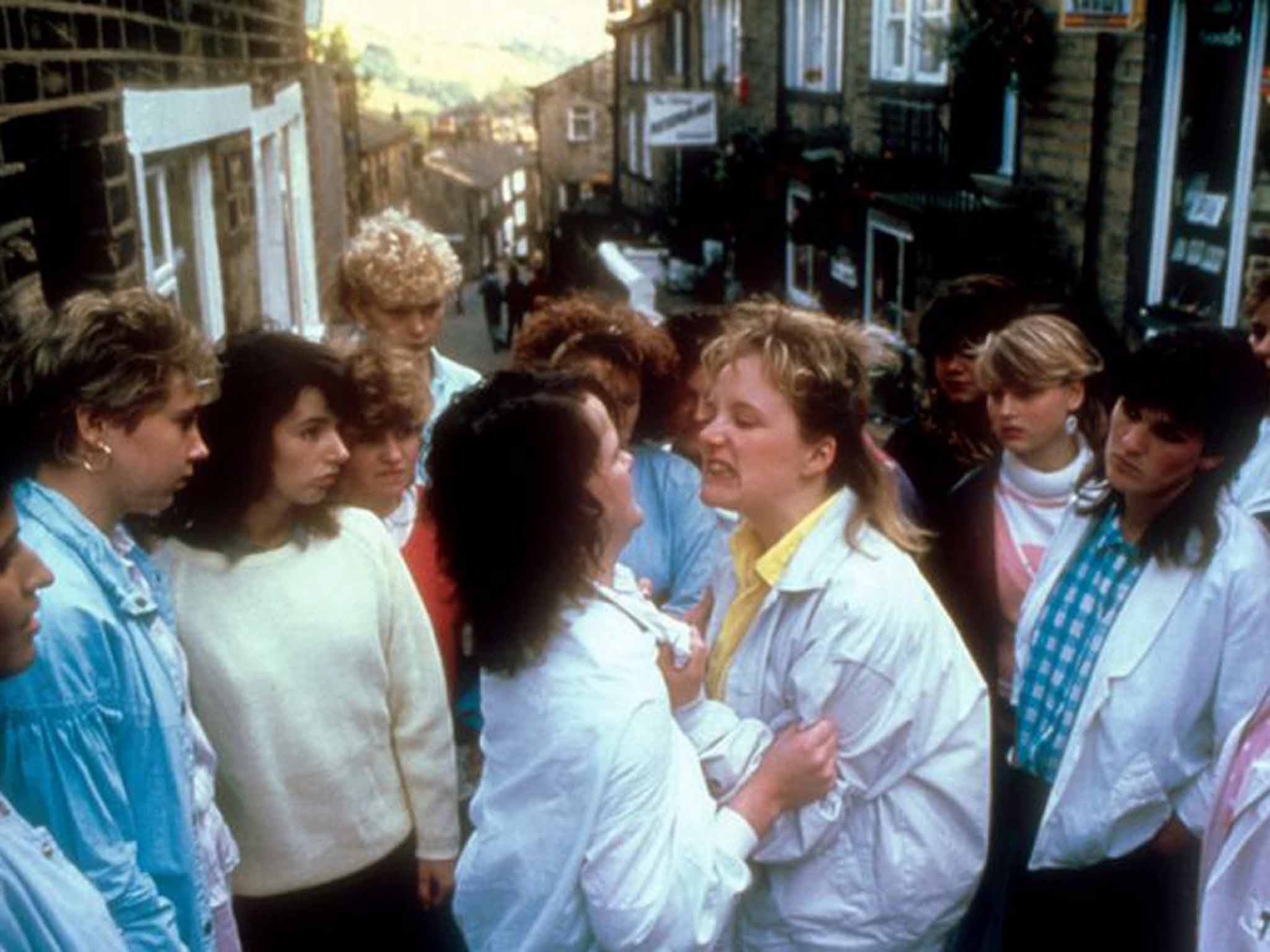
Not with pride, not with dismay, just as a statement of fact. Yes, it can still be grim up north. But it’s also true that Buttershaw has a community hub now, where there was none when Rita, Sue and Bob Too was being filmed. It’s true that while there are security grilles on the shop, most of the surrounding houses are tidy and well maintained. It’s a fact that a lot of the old housing, including the blocks of flats that featured in the film, have been swept away, to be replaced by newer housing.
“In 1997, £30m was put into social housing on Buttershaw alone,” says Richard Dunbar. “As a result people felt safer, there was more of a sense of pride in the community.”
Dunbar is a Labour councillor on Bradford council; he represents the nearby Thornton and Allerton ward but was born and raised on Buttershaw, and lives there still. He was only very small when Rita, Sue and Bob Too was released, but he’s seen it many times. But then he would; his aunt was Andrea Dunbar, the astonishingly talented writer who created the original play Alan Clarke’s film was based on.
Andrea Dunbar was a product of the Buttershaw estate. She had seven siblings and lived in a council house on Brafferton Arbor. At the age of 15 she fell pregnant and suffered a stillbirth. The same year she wrote a play as an assignment for her CSE English class at what was then Buttershaw Comprehensive School. Andrea’s teacher was so impressed by her work that she was encouraged to polish it up and it was sent off to Yorkshire TV, which apparently thought it too raw and explicit.
The play was called The Arbor, and was about a pregnant teenager with an abusive father. Richard Dunbar attended the same school, and the story of Andrea was already local legend by then. “The script was handwritten with scribbles all over it,” he says. “But apparently it was amazing. It was written with truth and honesty.”
It was another couple of years before Andrea would be truly discovered. By 1979, when she was 18, she had left school, had three more children by three different men, and was living in a refuge for victims of domestic violence in Leeds. Another resident had worked in a theatre group, and immediately spotted The Arbor’s potential. She sent it off to Max Stafford-Clark, artistic director of the Royal Court Theatre in London, who immediately summoned Andrea down for her first visit to London.
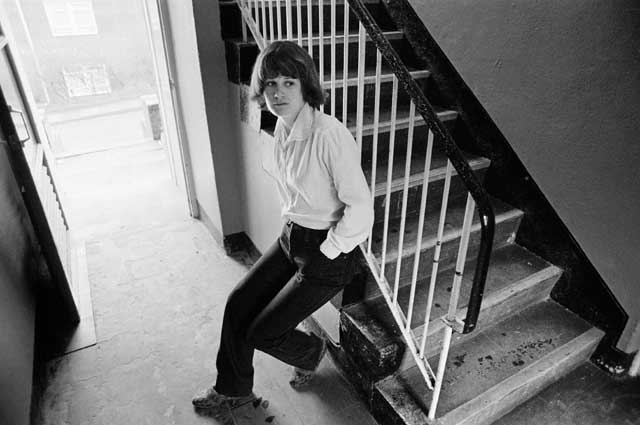
The following year, 1980, the play was performed for the first time. She was asked to write another, and came up with Rita, Sue and Bob Too. It was performed, and seen by Oscar Lewenstein, who asked Andrea to adapt it for film. “I do acknowledge that some people thought it portrayed the area in a negative light,” says Richard. “But I think it more portrayed the times people were living in, what life was like under Thatcher if you were working class and nobody was making it easy for you.”
Andrea wrote a third play, Shirley. George Costigan says: “Have you ever seen it? You must if you get the chance. She was really getting into her stride. Where The Arbor and Rita, Sue and Bob Too were quite rough and ready, with Shirley she was really learning how theatre worked.”
Shirley came out in 1986, a year ahead of the movie of Rita, Sue and Bob Too. It would be her final work. Andrea drank heavily, and in a few days before Christmas 1990 she suffered a massive brain haemorrhage and died. She was 29. She’d collapsed in the Beacon pub. “Oh, don’t go there,” says Costigan, pinching the bridge of his nose, in obvious pain at the memory. We talk about what was lost, about the what might have been had Andrea lived longer. Richard Dunbar only vaguely remembers her; he was six or seven when she died. But he does know that despite the tragedy of her very short life, it was a miracle that her talent was recognised at all.
“There needs to be proper funding to encourage young people from working-class backgrounds to work in the arts,” he says. “Who knows how many more people there might be whose talent is never recognised?”
Costigan agrees wholeheartedly on that score. And although he was in his thirties when Rita, Sue and Bob Too was being filmed, he still learned a lot from Andrea Dunbar. In fact, though his primary job has been acting, Costigan has also been building his own career as a writer alongside it.
“The first proper job I got was at the Everyman Theatre in Liverpool, and all these young writers were turning up with scripts… Willy Russell, Alan Bleasdale… I thought I’d give it a go myself.” Among Costigan’s writing credits are Trust Byron, a one-man show about the life of the mad, bad and dangerous to know poet, initially performed by Costigan himself and later by his son, Niall.
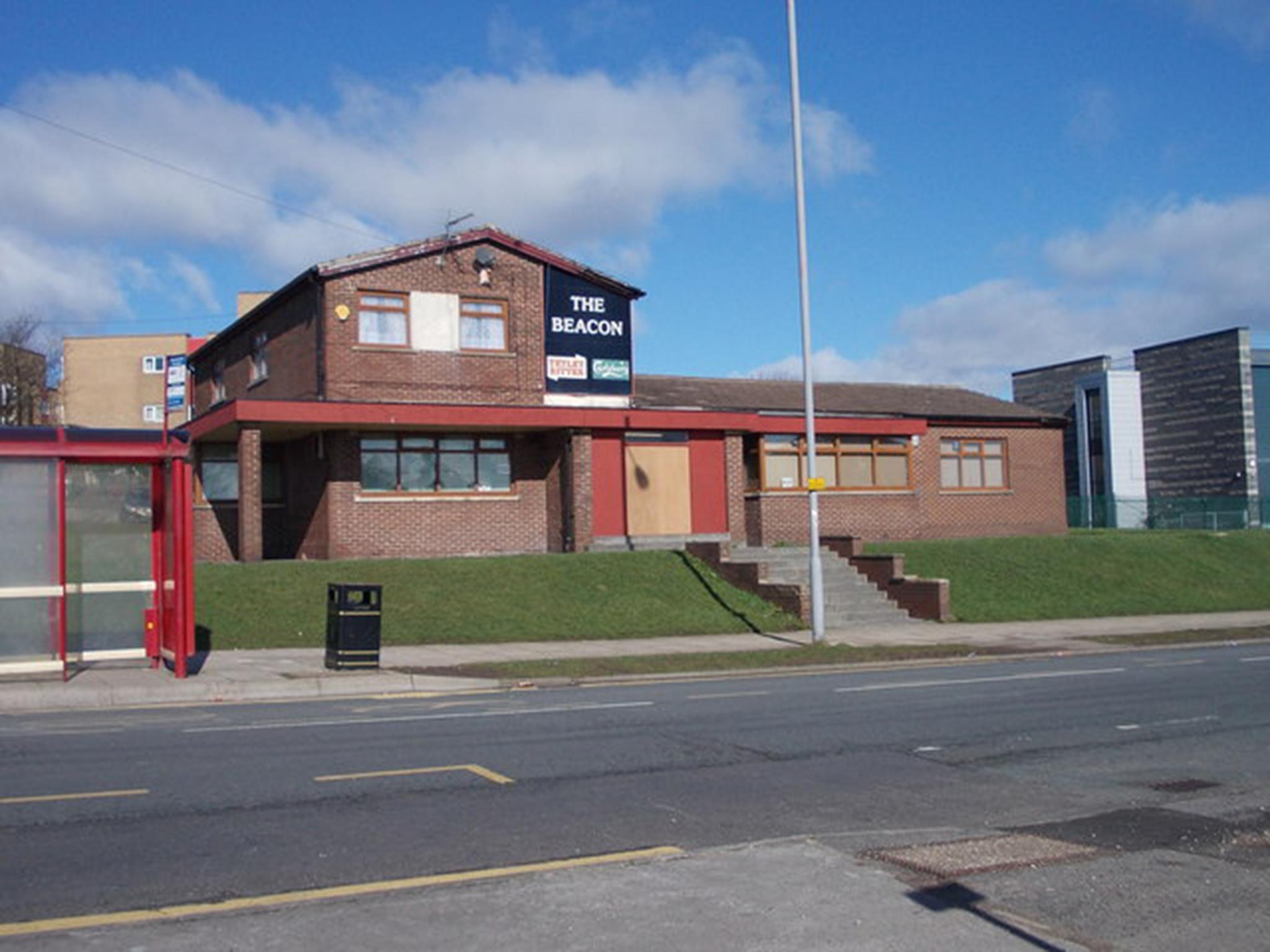
Working with the likes of Sally Wainwright on Happy Valley, Paul Abbott and Jimmy McGovern, Costigan absorbed their writing secrets like a sponge, and his latest venture is not for the screen or stage but a novel – a “magnificent beast of a book” according to Willy Russell – titled The Single Soldier. “It’s taken 15 years to write,” says Costigan, of the novel. “But I was in no rush. I never felt the pressure to finish it until it was ready.”
Now published, the novel is set in wartime France under German occupation, and the efforts of a young man to move his farmhouse, stone by stone, to a field six kilometres away from where it originally stood. It’s a lifelong ambition for Costigan to have a book in print, and he’s developed his writing career in tandem with his acting.
“When we finished Rita, Sue and Bob Too it was a case of on to the next job,” he says with a shrug. Incidentally, the next role he was offered after salacious Bob was “saddle-sniffing pervert”. “Nobody really thought Rita, Sue and Bob Too would have the longevity it has enjoyed. ” He looks out of the window of the community centre, to where the squawking parrots have been moved to enjoy a bit of sun. “I didn’t really think then that I’d be back here 30 years later, talking about it.”
We part on the steps of the Beacon pub, so many memories locked inside its boarded-up windows. The echoes of Black Lace singing “Gang Bang” while Rita, Sue and Bob dance, the gathering of cast and crew between takes, the place where Andrea Dunbar collapsed. “I don’t suppose I can put my finger on why the film has been so successful,” he says, then pauses. “Actually, I can. It’s true, and it spoke to a generation. And it keeps on speaking to people.”
‘Rita, Sue and Bob Too’ is released on Bluray (for the first time) and DVD by the British Film Institute on 22 May. George Costigan’s novel, ‘The Single Soldier’, is available now, published by Urbane Publications.
Join our commenting forum
Join thought-provoking conversations, follow other Independent readers and see their replies
Comments